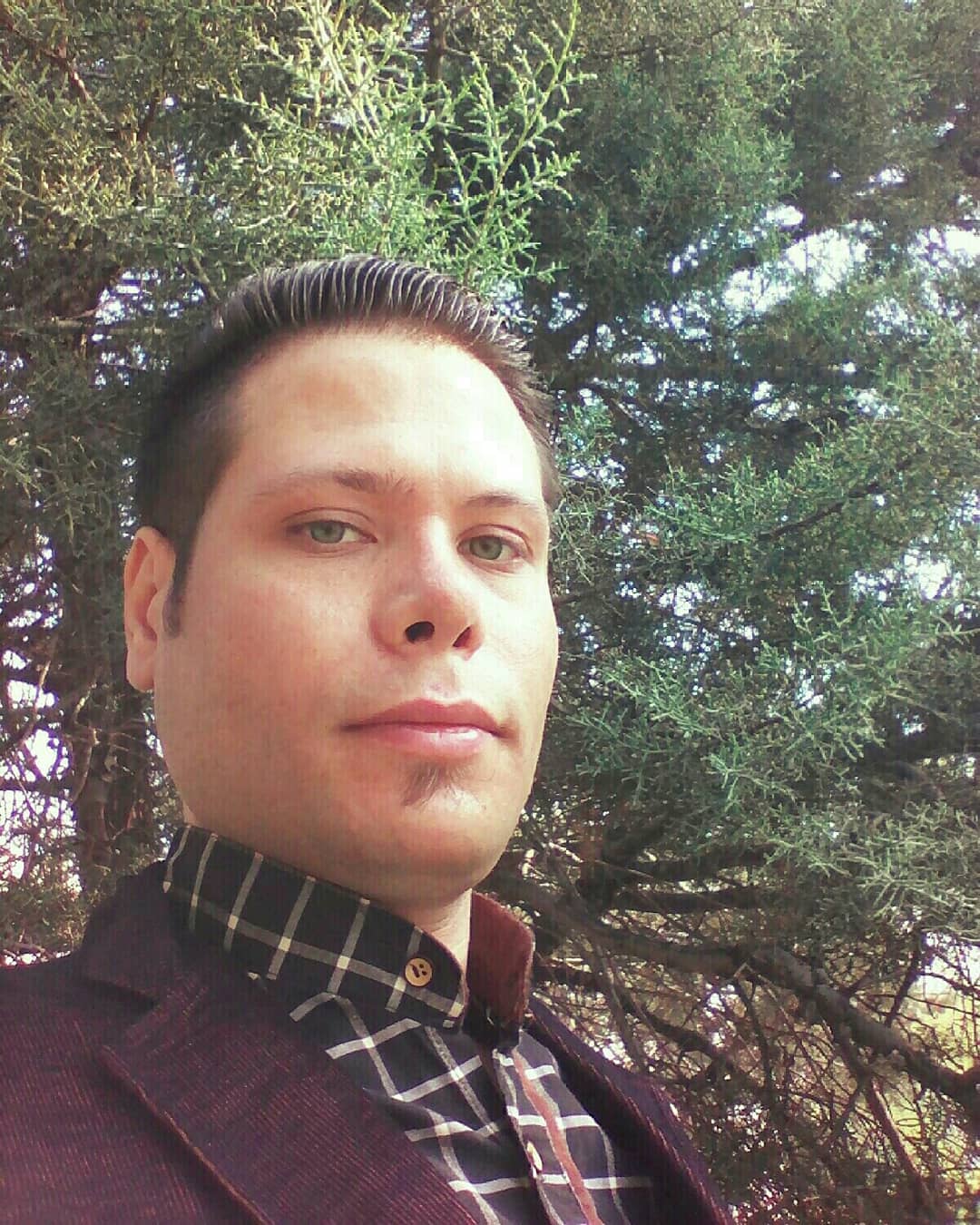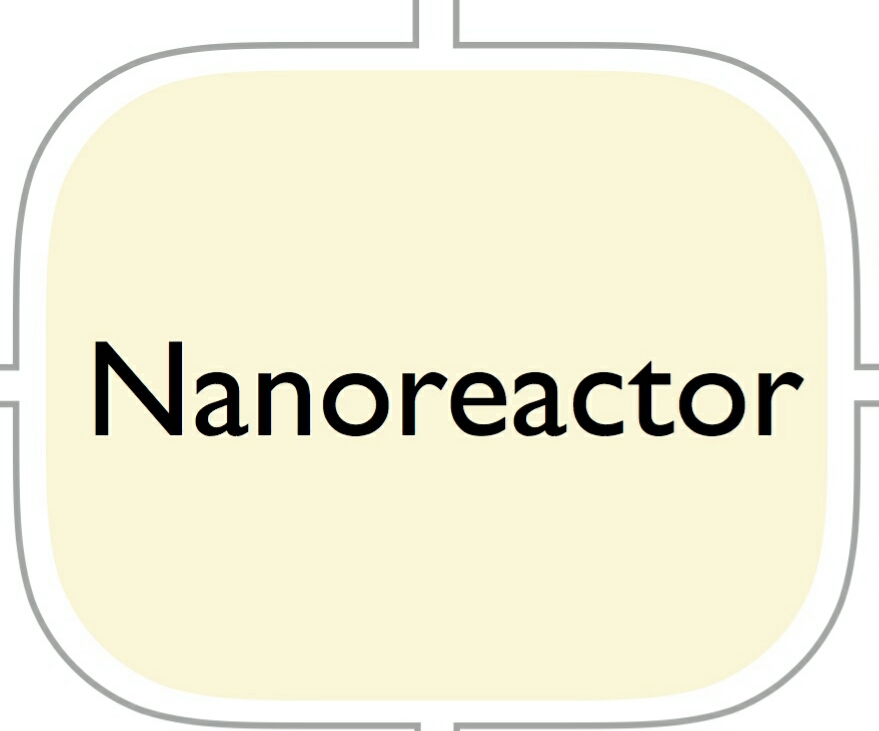_ Nanoreactors and (nanostructures) section
Nano reactors and inactive nanoparticles
Researcher and Author: Dr. ( Afshin Rashid)
Note: Many methods have been developed to produce nanoparticles or nanostructured particles, including vapor, liquid, and solid state processes. In general, chemical reactions to produce nanoparticles can take place in any of the solid, liquid, and gas states.
Nanoparticles are a prefix that represents minus nine to the power of ten, or one billionth. Here, it means that the nanometer is used for length. The behavior of particles of one nanometer is very small, corresponding to one billionth of a meter, one millionth of a millimeter, or one thousandth of a micrometer. The common method forproducing materials in solids is to crush the particles, increasing their contact surface area, and then to increase the rate of diffusion of atoms and ions, this mixture is further increased at high temperatures. In chemistry, the substances with which chemical reactions are initiated, the reactants, and the substances into which they are converted during the reaction (the reactants), are called products. Reactants can be solids, liquids, or gases. In addition, reactants can be either independent elements themselves or can be in the form of multicomponent compounds. Multicomponent compounds are usually called precursors.
Researcher and Author: Dr. ( Afshin Rashid)
Specialized PhD in Nano-Microelectronics





